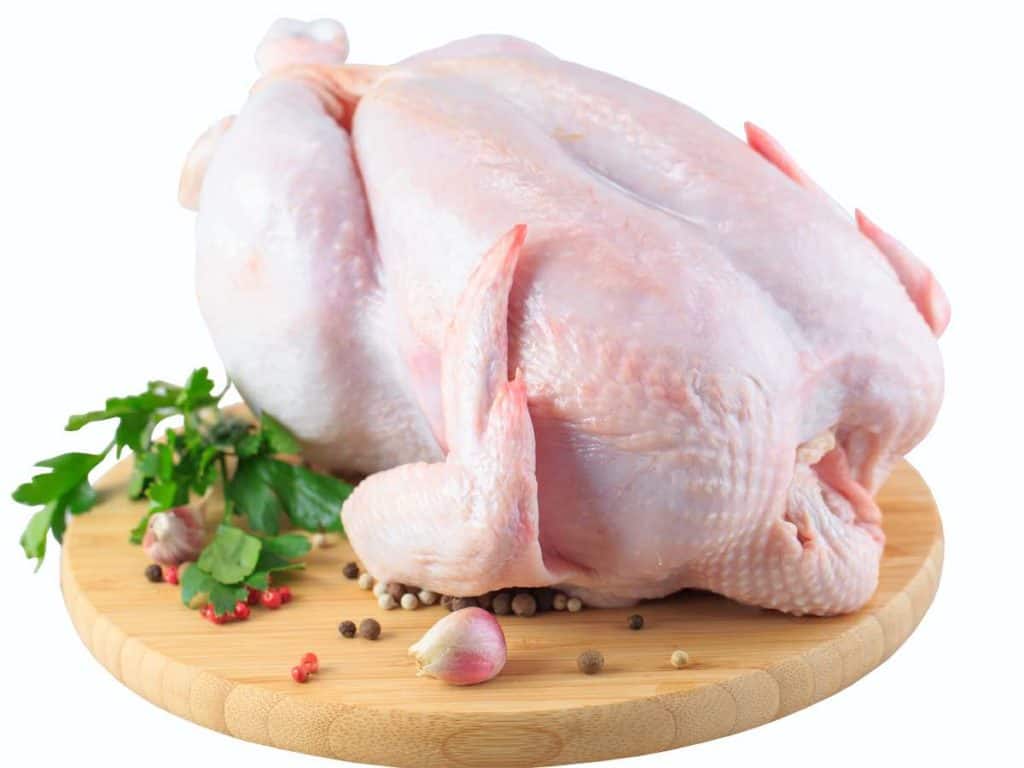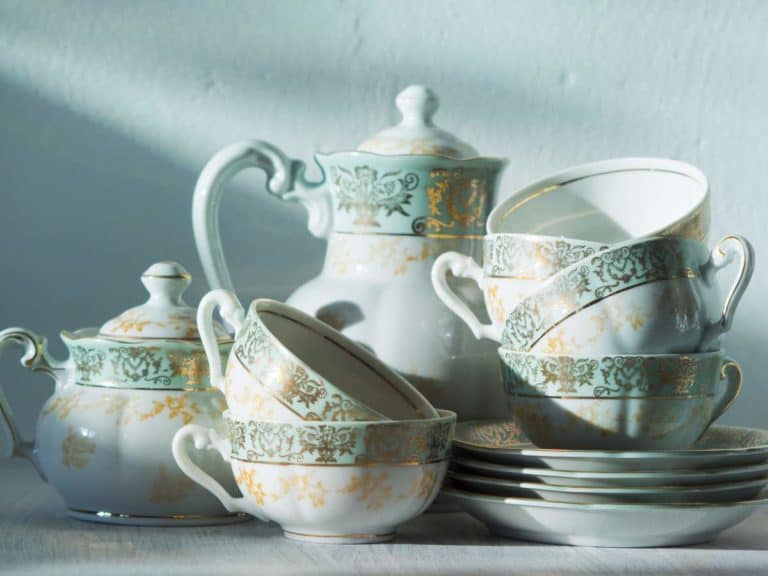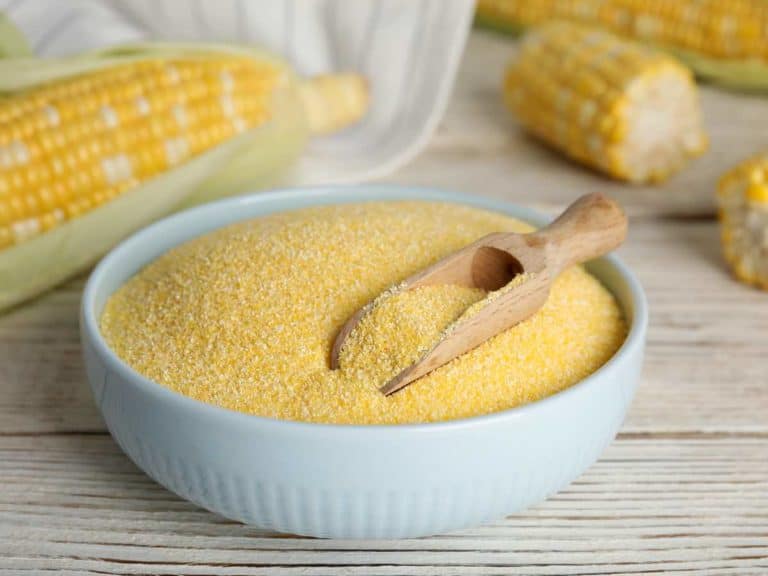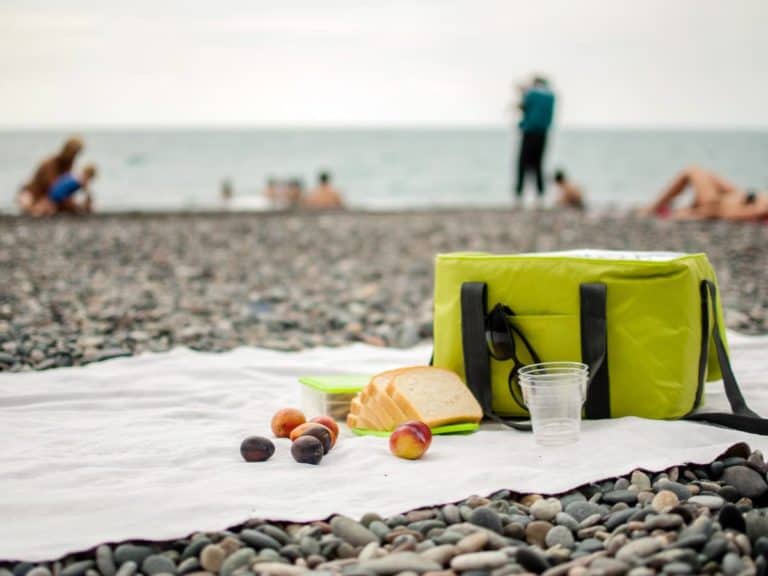How to Store Raw Chicken [According to Science]
You’ve just bought a pack of raw chicken to cook at home. But the road home was clogged with traffic, and now you’re delayed. Is the chicken still all right to eat? You may have a ticking time bomb that will go off in your and your family’s stomachs.
Decomposition occurs when thawed food is left out at temperatures between 40° to 140° F. The warmer the temperature, the faster spoilage occurs. Raw meat will spoil faster than cooked meat, and of all meats, raw chicken spoils fastest. The reason is moisture coupled with a naturally high bacterial count.
All raw meats have some bacteria on them.
Some, like Salmonella, may exist on the animal before it’s slaughtered and gets onto the meat during butchering.
Some, like Acinetobacter, find their way onto the meat during storage or while it’s displayed at the supermarket. As long as they’re kept cold enough these bacteria remain inert, but once above 40° F the bacteria awake, and the moister the meat the faster they can eat and multiply.
Water does not dry off easily from raw chicken, unlike raw beef or pork, so raw chicken is a better bacterial host. This is why it’s so important to transport and store raw chicken safely.
Ideally, it’s best to buy frozen or chilled raw chicken, get it home before it’s thawed or goes above 40° F, then store it in the freezer as soon as you get home. If you’re faced with a long or possibly delayed commute home, it’s best to transport your raw chicken in an insulated thermal bag or box.
You can add a blue ice pack to the bag for a longer keeping time.
Always buy chicken and other meats last when you do groceries, and only when you’re ready to check out. If the chicken is not frozen, select the coldest package – usually the ones at the bottom or back of the chiller. This makes sure your meats’ temperature never rises to the danger level. The only item you should purchase after raw meat is ice cream!
If you doubt whether you can get your raw chicken home safely, consider buying cooked chicken instead. There are many delicious dishes you can make with rotisserie chicken, such as chicken pita wraps.
How Long Can Raw Chicken Be Left At Room Temperature

Raw chicken should not be left out at room temperature for more than two hours. In hot weather, this limit is even shorter. After this, it may no longer be safe to consume even after cooking and may have flavor changes due to spoilage.
Raw chicken in an acidic marinade like vinegar will last somewhat longer, because of the acid’s antibacterial properties, but may still breed enough bacteria to be unsafe after 2-3 hours depending on temperature and handling.
Note that ground chicken, such as in ready-made chicken patties, chicken meatballs, or chicken spring rolls, spoils faster than whole muscle like chicken breast. The same goes for chicken giblets. These should be bought frozen or very cold, and frozen immediately on bringing home.
Not refrigerated, frozen.
How Long Can Raw Chicken Be Left In The Fridge?
Raw chicken can last 1-2 days in the refrigerator, provided it is kept at or below 40° F. In very warm weather, or an old or crowded refrigerator operating at lower efficiency, the chicken won’t last as long. Chicken in a strongly acidic marinade like vinegar or wine, however, will last longer.
How Long Can Raw Chicken Be Left In The Freezer?
Chicken can last up to a year in the freezer if well-packed or kept in its original vacuum-sealed packaging. For best quality, however, it’s best to cook and consume frozen chicken for two to four months.
Does Raw Chicken Last Longer Unopened?
If you purchased chicken in vacuum-sealed packaging, try to keep it in there until you need it. The packaging slows down bacterial growth by starving the bacteria of air and keeps more bacteria from getting in. Spoilage will occur faster once the package is opened. However, vacuum-sealed packing won’t prevent spoilage, only delay it. Get that chicken to a freezer as soon as you can.
How To Tell If Raw Chicken Has Spoiled
It’s very easy to identify chicken that has spoiled by appearance and odor. What’s scary however is that any meat can be unsafe to consume before it reaches this point. You can identify chicken that has gone off by the following signs:
A sour smell
Spoiled meat will have a sour, sickly-sweet smell, like garbage. Don’t worry that you won’t be able to detect it or identify it; we’re hardwired for this by evolution.
Discolorations
Spoiled meat will have a gray or gray-green tinge, or be spotted with greenish molds.
Slime
Spoiled meat is covered in a mucus-like fluid, which stinks to high heaven. Ew!
Make sure to dispose of spoiled meat immediately. Don’t try to salvage any apparently unspoiled parts or pieces from the same package.
Bacterial contamination is mostly invisible, so what might appear to still be okay is not. And when you dispose of spoiled chicken, make sure your cat or dog can’t get at it – while these animals can tolerate somewhat off food, enough will make them sick, even if they don’t, they will spread the bacteria around wherever they go.
How To Store Raw Chicken In The Refrigerator
Storing raw chicken safely in the refrigerator requires some strategy. Consider the refrigerator for storage only if you plan to cook the chicken very soon or if you’re marinating it preparatory to cooking. Otherwise, the safest place to store raw chicken is the freezer.
When storing raw chicken in the fridge, we need to make sure it remains too cold for bacterial growth, won’t infuse other foods with its odor or absorb odors from other foods, and won’t contaminate other foods with its fluids which may contain dangerous bacteria.
Store raw chicken on the coolest shelf
Pick your refrigerator’s coldest shelf for storing your raw chicken. In single-door refrigerators, this is usually the shelf closest to the freezer compartment. If you have a chiller compartment in your fridge this is the ideal place for defrosted raw meats. Use the rear of the shelf, as this is colder than the outer area near the fridge door.
Keep raw chicken sealed to avoid odors
Keep your raw chicken in its original sealed packaging, or once opened transfer it to a sealed-top food keeper to avoid odors.
Raw chicken easily absorbs odors from other foods, particularly odorous foods like strong cheeses or jackfruit. Also, the odor of raw chicken can be absorbed by delicate foods like chocolate or cream-based desserts. To keep this from happening, the raw chicken should be kept in an airtight bag or container.
Place raw chicken in a tray or tub to avoid dripping
If you’re keeping the raw chicken in its original packaging or whatever it was wrapped in on thawing, place it in a tray or tub that will catch any fluids dripping from it.
These fluids can give your fridge a bad odor, and even more seriously, can carry dangerous bacteria to other foods. This is especially dangerous if it contaminates foods you’ll eat raw, like fruit or lettuce.
To be sure your chicken won’t drip on anything, place it in a tray or tub and place it on the bottom shelf of your refrigerator.
Marinade your raw chicken
If you’re planning to cook your chicken within the next 24 hours or so, why not place it in the fridge bathing in a marinade?
A good marinade not only flavors your chicken and keeps it juicy, but it will also keep your chicken fragrant and keep its raw odor from permeating the fridge.
Choose any of a huge range of citrus-based, vinegar-based, wine-based, or yogurt-based marinades from around the world! You may not be able to travel right now, but at least your tastebuds can!
How To Store Raw Chicken In The Freezer
The best place to store raw chicken is the freezer. If you’re not planning to cook your raw chicken within the next 24 to 48 hours, this is where it should go. Freezing locks in juiciness, quality, and flavor, and most of all keeps bacterial growth to absolutely zero.
As with refrigerating chicken, we should also employ some strategies for freezing chicken for the best quality and convenience. Most importantly, we want to avoid having freezer burn on our meat. Freezer burn comes from moisture loss.
Storage in the freezer can draw moisture from raw meat and freeze it into ice crystals. The result is shriveling, leatheriness, discoloration, and degradation in texture when you cook the meat. Freezer burn can be avoided or delayed by storing raw meats with minimal exposure to air.
Keep chicken in airtight packaging
To freeze raw chicken without freezer burn, it’s important to store it with as little of it exposed to air as possible. Never freeze raw chicken without any protection for it.
If you have a vacuum sealer, vacuum-sealed bags with all the air expressed before sealing are best for freezing meats. If you don’t, you can either keep the chicken in its original sealed packaging or repack it into cling wrap or ziplock bags, making sure to express all the air you can before sealing the bag.
Packing chicken for freezing in flexible bags also has the benefit of saving freezer space. As scientists have yet to breed square chickens the way Japan produces square melons :), chickens and chicken parts always have odd shapes. Keeping these in bags instead of tubs saves space, letting you put more in your freezer.
Portion the chicken before freezing
If you bought a whole chicken or large pack of chicken cutups but plan to cook it piecemeal, it’s best to portion it and bag the portions separately before freezing. This allows you to thaw exactly the amount you need. Thawing more meat than you plan to cook then refreezing the leftovers should be avoided, especially in warm climates.
How To Safely Thaw Raw Frozen Chicken
The best way to thaw frozen raw chicken or any meat is to let it defrost gently in the refrigerator overnight. You may need more than 12 hours for large roasting chickens and large packages of chicken cut-ups, so plan ahead. This method is safest because the meat never gets warm, and so bacteria never get the chance to multiply.
In addition to being cleaner and safer, this method has three nice benefits. First, it keeps your chicken juicier; keeping the chicken cold prevents its moisture from coming out. Second, because there’s less moisture coming out, there’s less mess to deal with. And third, it’s easier to cut very cold meat because it’s firmer.
Two alternative methods of thawing chicken are suggested by most producers and culinary sites, but they are not as safe as the refrigerator method.
One is running cold water over the chicken, which uses up a lot of water and could spread Salmonella bacteria on your sink, and another is to microwave the chicken at the Defrost setting. The latter does get the job done quickly but can leave bad odors in the microwave, and worse, contaminate the microwave’s plate with bacteria.
In other words, you’re best off if you plan ahead and use the slow but sure refrigerator thawing method. If you portion your chicken ahead of time into ready-to-cook parcels, you’ll also be saving time as smaller quantities thaw faster.
Lastly, don’t wash your raw chicken before cooking! Washing chicken can carry off bacteria from the chicken onto your sink, and splashing water droplets can take those bacteria surprisingly far, as much as 20 inches in all directions.
That’s far enough to get onto your plates or cooking utensils or other ingredients, particularly if you’re living in a small apartment.
How To Store Leftover Frozen Chicken
As a rule of thumb, you just don’t.
Any meats that have been fully defrosted should be cooked to retain their best flavor and quality. If you have to store leftover thawed chicken, you can do so safely only if it’s been out of the fridge for less than 2 hours, and even this depends on the ambient temperature.
Thawed chicken is safe to refreeze only if it never went above 40° F. Since it’s really hard to be sure about this, especially in warm weather, it’s best to stick with the cook-whatever-you-thaw rule. This is why it’s important to portion your chicken before freezing, so you only have to thaw what you need.
How To Safely Process Raw Chicken
Care should be taken at every step between acquiring the chicken and serving it to your family. When you’re processing raw chicken, you want to make sure not to allow bacteria to multiply on it, nor allow its fluids, which can carry bacteria, to contaminate your kitchen surfaces, utensils, or other foods.
Wash your hands
Make sure to wash your hands before handling food, and always wash your hands thoroughly after handling raw meat or fish, especially raw chicken. Avoid splashing water while washing your hands, and if you must handle the faucet before you’ve soaped make sure to soap the faucet afterward. Don’t touch anything else until you’ve washed your hands once you’ve handled raw meat.
Keep the chicken cold
Cold is your best defense against bacteria on raw meat. Take your chicken out of the refrigerator only when you’re ready to cut it up or put it in the pot. Don’t leave the chicken out on the counter for long. If you’re cooking a large amount of chicken in multiple batches, keep the next batch in the fridge until you’re ready for it.
Use a separate knife and cutting board
Use a different knife and cutting board for cutting chicken and for cutting other foods. This way the raw meat’s juices cannot be transferred to other foods. If you only have one cutting board or knife, cut the chicken or other meats last.
Make sure your knives are sharp and that you use the right knife for the job. Hacking at your chicken with a blunt cleaver is sure to produce a lot of spatter.
Clean and sanitize your work surfaces
Clean and sanitize your work surfaces after processing any raw meat. Raw meat juices can easily splatter your kitchen counter or sink without your being aware of it, especially if you had to chop, so clean as you go and always wash your hands. Make sure to wash your kitchen rags right after.
Make sure the chicken reaches 165° F
The minimum temperature chicken should reach to be safe for consumption is 165° F or 74° C. While this is easily achieved when cooking small pieces, roasting a whole large chicken can be iffier. To be certain all of the chicken reaches this temperature, use a meat thermometer.
Insert the meat thermometer’s probe into the thickest part of the chicken; on a whole chicken, it’s best to check the thickest part of the breast or thigh, about two inches in and not touching any bone or gristle.
For a perfectly juicy baked or roasted whole chicken, the thermometer should read 162-163 F at the end of cooking; when you take the chicken out of the oven the temperature will continue to rise and will reach 165° F while the chicken is resting.
And that’s it! Your chicken has safely reached the table! Now, all this writing about chicken has given me an appetite. Wonder where can I find some butter chicken at this time of night?





